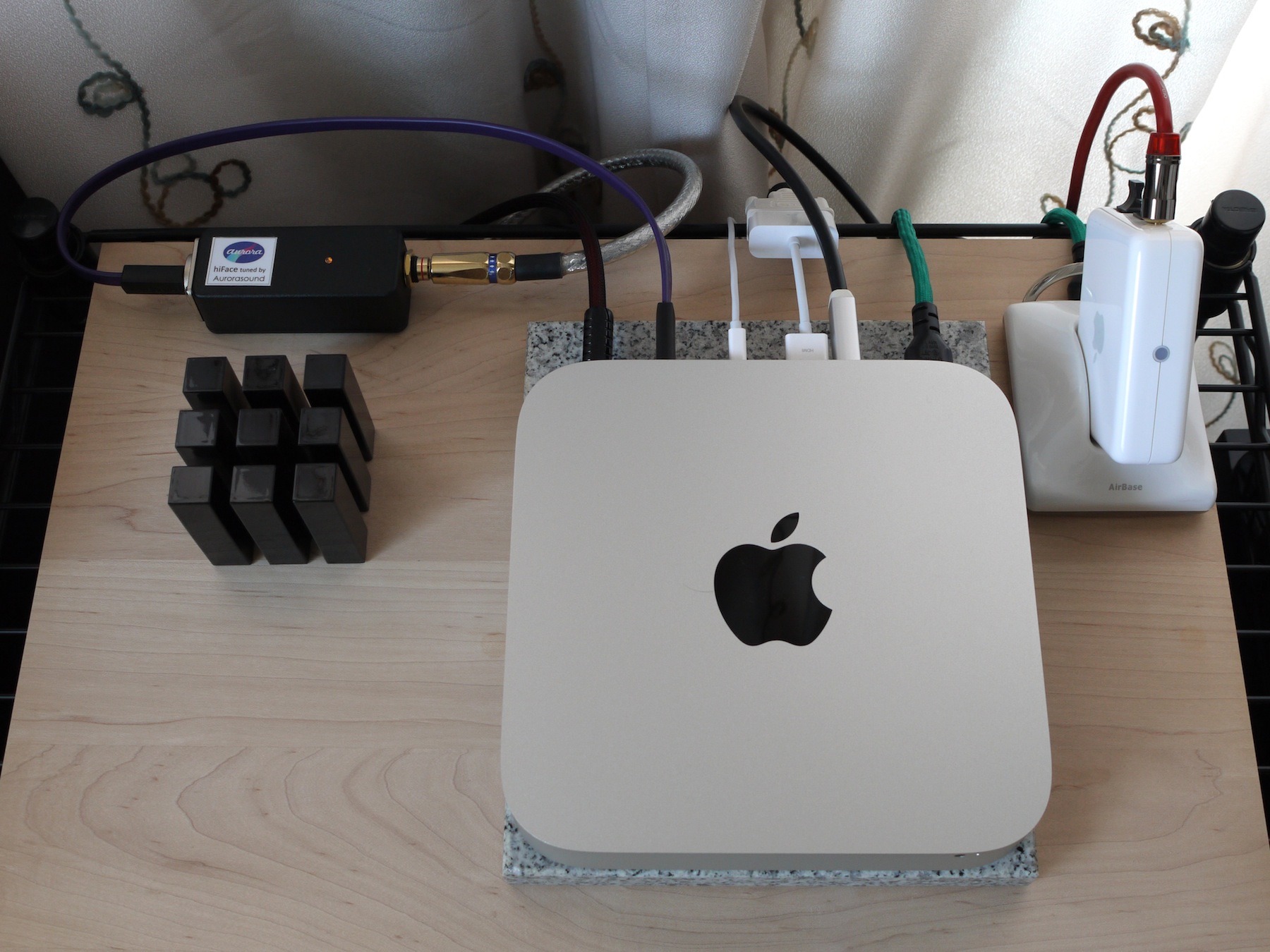
The soaring RRP volume does not seem to be a concern for the Fed given that quantitative tightening will only begin next month. "It's really a double whammy on the front end because of too much demand and not enough supply, leaving the RRP facility as the option of last resort for many investors," said TD's Goldberg. He expects bill supply to shrink 15% between April 1 and Sept. "A sharp decline in bill supply will push much of the money fund cash into the Fed's RRP, draining bank reserves by more than $1 trillion this year," said Joseph Abate, managing director, fixed income research, at Barclays. budget deficit shrinks amid robust tax revenues, the Treasury will have to aggressively shrink bill issuance through Sept. GSEs then pay mortgage-backed security holders around the 24th to the 25th of the month, withdrawing that cash from the repo market to pay MBS holders.
Mac mini 2011 mac#
The repo market is largely affected by the flow of cash from GSEs.Ĭash from Fannie Mae and Freddie Mac typically enters the repo market on the 18th of each month when they receive principal and interest mortgage payments from home lenders. On Tuesday, the RRP volume slipped to $1.987 trillion amid the outflow of cash from government-sponsored enterprises Fannie Mae and Freddie Mac. one-month bills, whose longer maturity carries more risk. This compares with the current 51 basis point yield of U.S.

Investors are guaranteed 80 basis points for overnight cash without counterparty risk. Monday's volume was one of a string of record highs for RRPs.

The Fed's reverse repo window attracted a record $2.045 trillion on Monday, as financial institutions continued to flood the facility with liquidity in exchange for Treasury collateral. "That's a function of two things: first, the extreme high demand for front-end assets, and second, the amount of bills outstanding has continued to decline as Treasury has cut back supply because of fairly strong tax collections," he added.


 0 kommentar(er)
0 kommentar(er)
